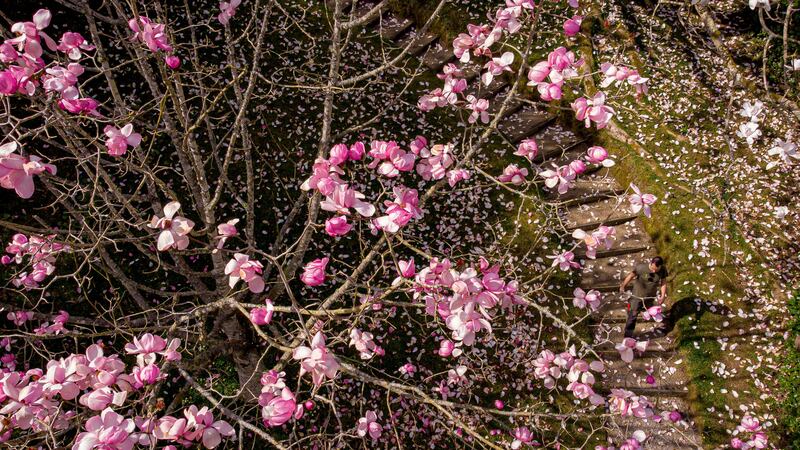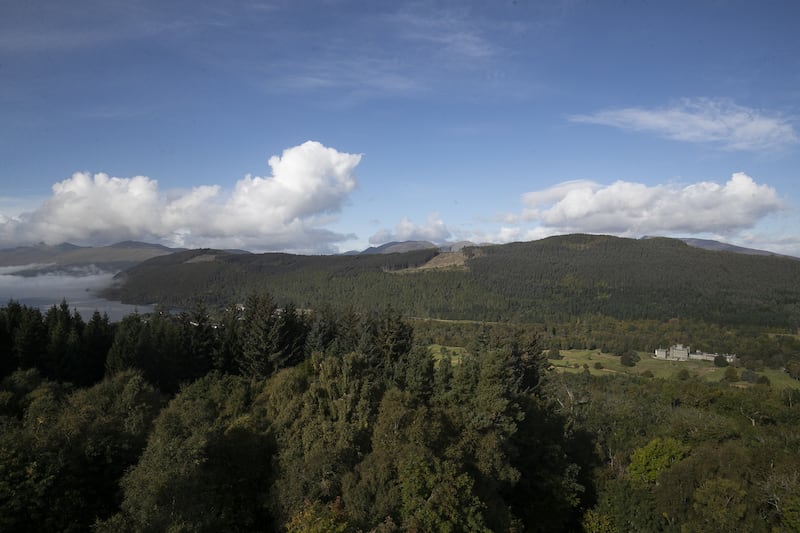The National Trust is urging Britons to emulate Japan’s Hanami celebration – the ancient tradition of viewing blossom – every year.
In 2020, the charity piloted a Blossom Watch project just after the UK had entered a coronavirus lockdown, with thousands of people sharing images of trees in bloom on social media.
It is now making the campaign an annual tradition and hopes that the sight of blooms will help to lift spirits and enable people to celebrate nature.
A YouGov poll, commissioned by the National Trust, found 36% of adults said they were more aware of the changing seasons compared to the first lockdown.
Of those surveyed, 67% agreed or strongly agreed that spending time noticing nature made them feel happier in the current lockdown.
A total of 65% said watching nature from their window had helped their mood, while 47% told how they are spending more time in nature and want to continue to do so.
Simon Toomer, plant conservation specialist at the National Trust, said: “Blossom watching is a simple pleasure that can help lift our spirits over the next few months.
“It can be seen on city streets, in gardens, public parks, throughout the countryside and even out of the window, for some lucky people.
“Our recent poll revealed a massive boost in people’s everyday connection with nature since lockdowns began.
“And that blossom is the aspect of nature adults are most likely to stop and notice, after the sight of a sunset, the feeling of sun on your face and birdsong.”
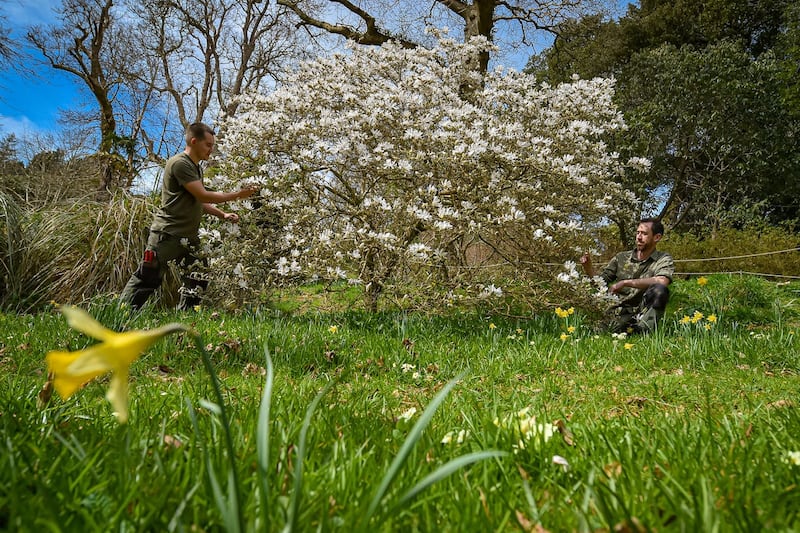
The season usually begins with hedgerow blossom – tiny white, frothy blackthorn flowers – before tree blossom such as magnolias begin to unfurl.
Fruit tree blossom – from plum and damson to cherry and apple – then appears, followed by the finale of the white hawthorn coming into flower in May.
Mr Toomer added: “The lingering cool temperatures will tend to hold back the blossom so that when it warms up we’re likely to get an explosion.
“The warm weather we experienced a couple of weeks ago brought on quite a lot of blossom but it’s still early.
“Very cold winter weather itself doesn’t affect displays too much as the flower buds were formed at the end of the last growing season.
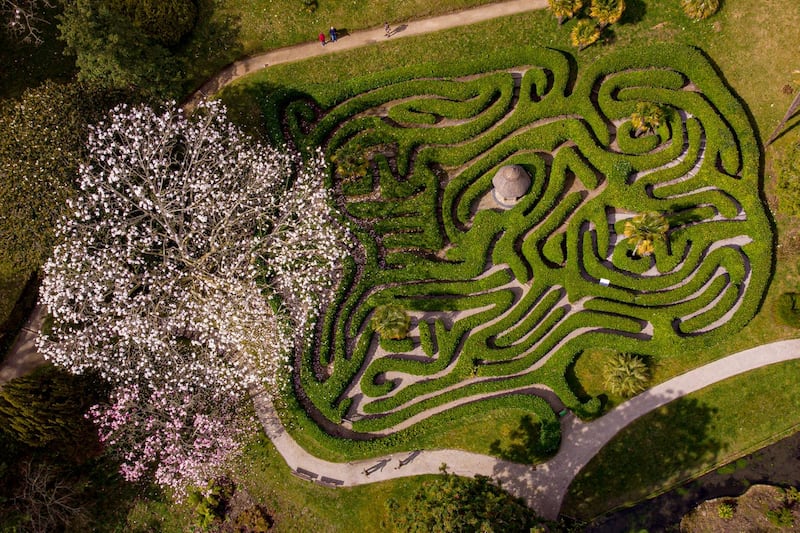
“The biggest danger for more tender plants like magnolia is that late cold snaps can damage the flowers as they emerge.”
Research by the University of Derby and the National Trust, published in the International Journal of Wellbeing, found engaging with nature could make a difference to feelings of wellbeing.
Professor Miles Richardson said connecting to nature brought benefits “above and beyond” simply spending a certain amount of time in it.
“Nature connectedness and engaging with nature through simple activities like smelling wildflowers consistently emerged as being the significant and prominent factors in explaining mental health and wellbeing,” he said.
“Therefore spending a few moments looking at and enjoying blossom can have a surprising impact on feelings of wellbeing.”
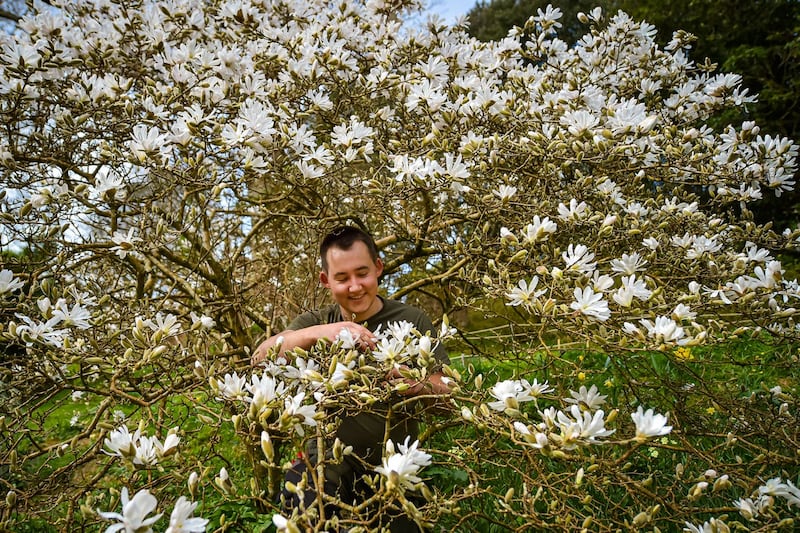
People are urged to take and share images of blooms using the hashtag #BlossomWatch on social media.
The National Trust is also launching a blossom map to record sightings across the country.
Gardens already coming into bloom include Glendurgan in Cornwall and Knightshayes in Devon.
John Lanyon, head gardener at Glendurgan, said the first magnolias typically flower there from the beginning of February.
“This year due to the colder February they have only just started to bloom, but it’s really exciting to see the first petals of our waxy magnolias unfurl and you get that first sense of spring,” he added.
